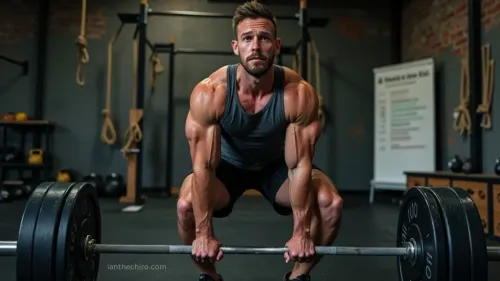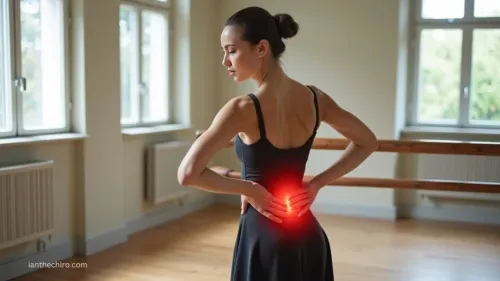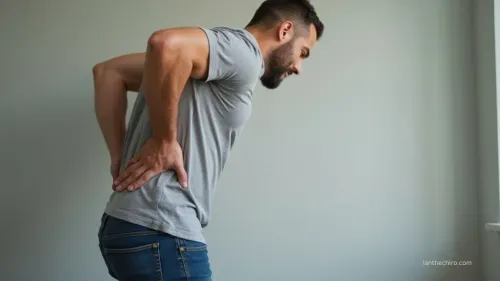Gymnast Spinal Health: Chiropractic Adjustments for Malaysian Tumblers' Hyper Mobility
As a Malaysian gymnast with hypermobility, you’re at higher risk of spinal overextension and instability, especially during intense tumbling.
Targeted chiropractic adjustments with Ian The Chiro can help restore spinal alignment, improve nerve function, and support muscle coordination, reducing injury risk and discomfort. Regular care, teamed with specific stretching and stabilisation routines, strengthens protective mechanisms between visits.
Integrating these adjustments safely into your training helps sustain peak performance and prevent reinjury, discover vital strategies and expert guidance designed especially for your sport's demands.
Understanding Hypermobility in Malaysian Gymnasts

Why does hypermobility matter so much for Malaysian gymnasts? When your joints move beyond their normal range due to genetic connective tissue differences, you're dealing with hypermobility, a common trait among Malaysian gymnasts.
Hypermobility, when joints move beyond their normal range, is a common trait among Malaysian gymnasts, impacting both performance and injury risk.
This increased flexibility can give you a performance edge, but it also raises the risk of injuries like sprains, subluxations, and overuse syndromes. Shoulders, elbows, and knees are particularly vulnerable, often requiring extra attention.
With hypermobility, joint laxity leads to instability, making precise control difficult during high-impact routines. As a result, you need specialised assessments and injury-preventive strategies.
Targeted chiropractic adjustments help you stabilise these hypermobile joints, minimising injury risk and promoting longevity in your gymnastics career. Prioritising spinal health is essential for safe, ideal performance.
Spinal Stress Patterns Common in Hypermobile Tumblers
While hypermobility can enhance a tumbler’s flexibility, it also introduces distinct spinal stress patterns that demand close attention. As a hypermobile athlete, you’re more likely to experience excessive lumbar extension during routines, putting extra stress on your spinal ligaments and facet joints.
Repetitive movements amplify this spinal stress, often leading to early degeneration and micro-instability in your cervical and thoracic spine. You may notice that abnormal joint positioning and increased strain on the posterior spinal elements become common issues.
Overextension and rapid twisting, frequent in tumbling, can create ligamentous laxity, causing uneven load distribution across spinal segments. This hypermobility also predisposes you to nerve impingements and disc stress, resulting from abnormal movement patterns and recurrent joint hyperextension throughout your training.
How Chiropractic Adjustments Support Spinal Control and Recovery
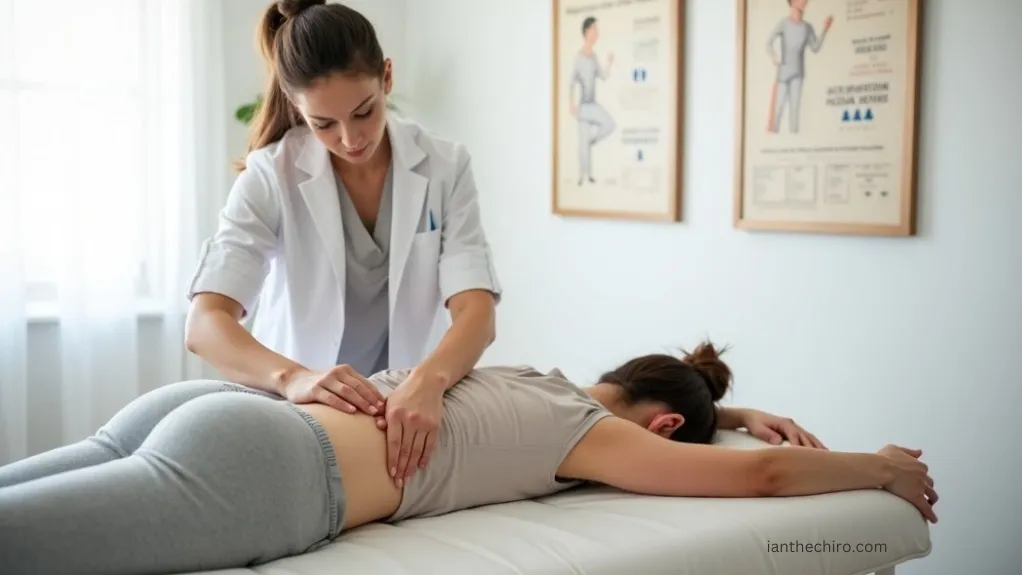
Because spinal control is critical for hypermobile tumblers, chiropractic adjustments directly address the instability that often undermines your performance and safety. By improving spinal alignment, these targeted manipulations enhance your control and stability during demanding routines.
Restoring ideal nerve communication through adjustments supports better muscle coordination and spinal reflexes, both essential for precise movement and injury prevention. If you experience overextension injuries, chiropractic care can aid your recovery by realigning the spine and reducing muscle tension linked to hypermobility.
Evidence shows that regular spinal adjustments not only reduce instability but also improve proprioception, giving you better body awareness. This extensive approach ensures you maintain peak performance, minimise discomfort, and protect against long-term joint issues commonly seen in hypermobile Malaysian gymnasts.
Integrating Chiropractic into Gymnast Training Plans Safely
To integrate chiropractic care into gymnast training plans safely, prioritise gradual incorporation so adjustments complement your existing strength and flexibility work without disrupting progress.
Work closely with a licensed sports chiropractor to design an individualised care plan tailored to your hypermobility profile and specific training demands.
Schedule regular chiropractic check-ups during intensive training phases to monitor spinal alignment and address minor issues before they escalate.
Incorporate gentle spinal mobilisations and soft tissue therapy, proven to enhance joint stability and reduce strain in hypermobile gymnasts, into your regimen.
Ensure that all chiropractic interventions align with your training goals and are communicated clearly to your coaching team.
Preventing Reinjury: Between-Visit Strategies for Young Athletes
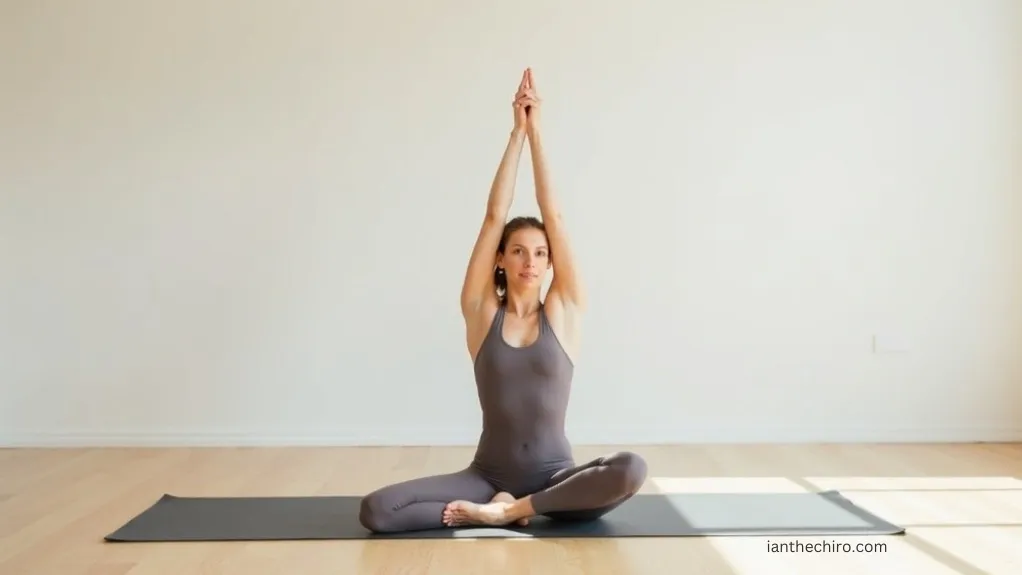
Building on a well-integrated chiropractic plan, effective strategies between visits are key to preventing reinjury in hypermobile young gymnasts. For ideal reinjury prevention, you should implement targeted stretching and strengthening exercises to maintain spinal alignment and joint stability.
Refine your training techniques by focusing on body mechanics and correct posture, not just during practice but throughout daily activities.
Use supportive measures, like taping or bracing, during high-risk movements to reinforce vulnerable joints.
Monitor and adjust your training intensity and volume regularly to avoid overextension or excessive strain.
Integrate proprioception and balance drills to enhance neuromuscular control, further reducing injury risk.
Adopting these evidence-based strategies between chiropractic sessions will help you stay safe, stable, and ready for peak athletic performance.
Frequently Asked Questions
Can a Chiropractor Help With Hypermobility?
Yes. Chiropractors can support joint stability, reduce pain, and improve function in hypermobile patients. Treatment usually includes controlled adjustments, movement education, and collaboration with physiotherapists to avoid overstretching and injury.
Should Gymnasts Go to the Chiropractor?
Chiropractic care can benefit gymnasts by improving spinal alignment, reducing overuse strain, and managing hypermobility risks. Care is typically tailored to support performance while preventing injury.
Who Should Not Get a Chiropractic Adjustment?
People with active infections, bleeding disorders, or unstable spinal conditions should avoid chiropractic adjustments unless cleared by a specialist. Certain hypermobility syndromes also require careful case-by-case evaluation.
Do Gymnasts Have Back Problems Later in Life?
They can. Long-term spinal stress from gymnastics is linked to higher rates of disc degeneration, facet joint issues, and chronic low back pain. Preventive care and proper load management are key.
Conclusion
So, as a gymnast in Malaysia with hypermobility, why leave your spinal health to chance?
By embracing evidence-based chiropractic adjustments, you’re not just treating aches, you’re actively strengthening your foundation against injury. Integrating targeted spinal care into your routine helps maintain alignment, protects your joints, and supports ideal performance.
Prioritise your body’s long-term resilience now, and you’ll set yourself up for safer, stronger tumbles in every competition and training session ahead.







